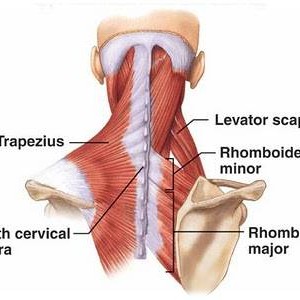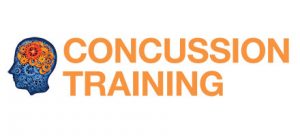Secondary prevention
Even will all these primary preventative measures, the potential still exists for spinal cord injuries to occur.
Secondary prevention revolves around the concept that once the injury has occurred, everything should be done to prevent it becoming worse.
Foremost in preventing spinal cord injury in tis contextis an awareness of the situations and injuries were it is likely to occur.
Aggressive and early intervention, even if over-cautious, is warranted.
Properly immobilising, handling and what is referred to as “packaging the injured person” with suspected spinal cord injury for transport can be expected to lessen the potential for worsening these initial injuries.
In order to immobilise the spine (as is the case with any injured part of the body), it is critical to immobilise at, above and below the point of injury.
For the neck or cervical spine, this will involve equipment such as a cervical collar, spineboard and head immobilisation device (also referred to as a headbed).
For other areas of the spine, the same principles apply, and spineboards or extrication devices can be utilised.
- Awareness of situations likely to be associated with or causing SCi
- Early recognition of the potential for SCI in a given situation
- Aggressive early intervention, erring on the side of caution, in treating injuries as potential SCIs
- Proper handling and packaging of the injured person with suspected SCI for transport
- Adequate immobilisation of the injured spine: at, above and below the point/s of injury



